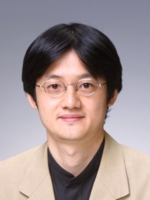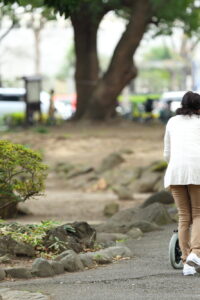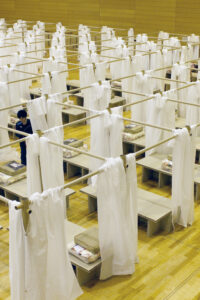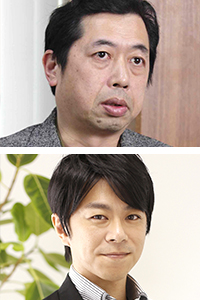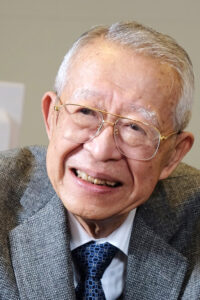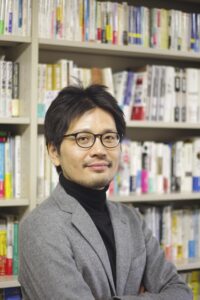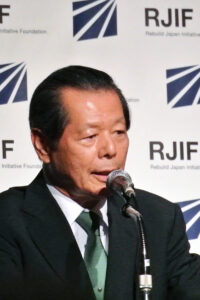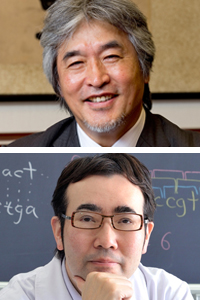
In June of this year, the 26th Japan Para Athletics Championships took place at Denka Big Swan Stadium in Niigata. Due in part to this being the last major event in qualifying for the Rio Paralympics, the press area was full of media teams wearing photographers bibs. The jumbled rows of camera lenses were pointing at the likes of Yamamoto Atsushi (34), who set a world record of 6.56 m in the men’s long jump in the T-42 class (single above-knee amputation or equivalent), Nakanishi Maya (31), who holds the Japanese and Asian records in the women’s long jump in the T-44 class (single below-knee amputation or equivalent), and Takakuwa Saki (24), who finished seventh in both the women’s T-44 100 and 200 meters at the 2012 London Paralympics. The championships featured a steady stream of athletes with prosthetic limbs who have become well-known ... ... [Read more]
